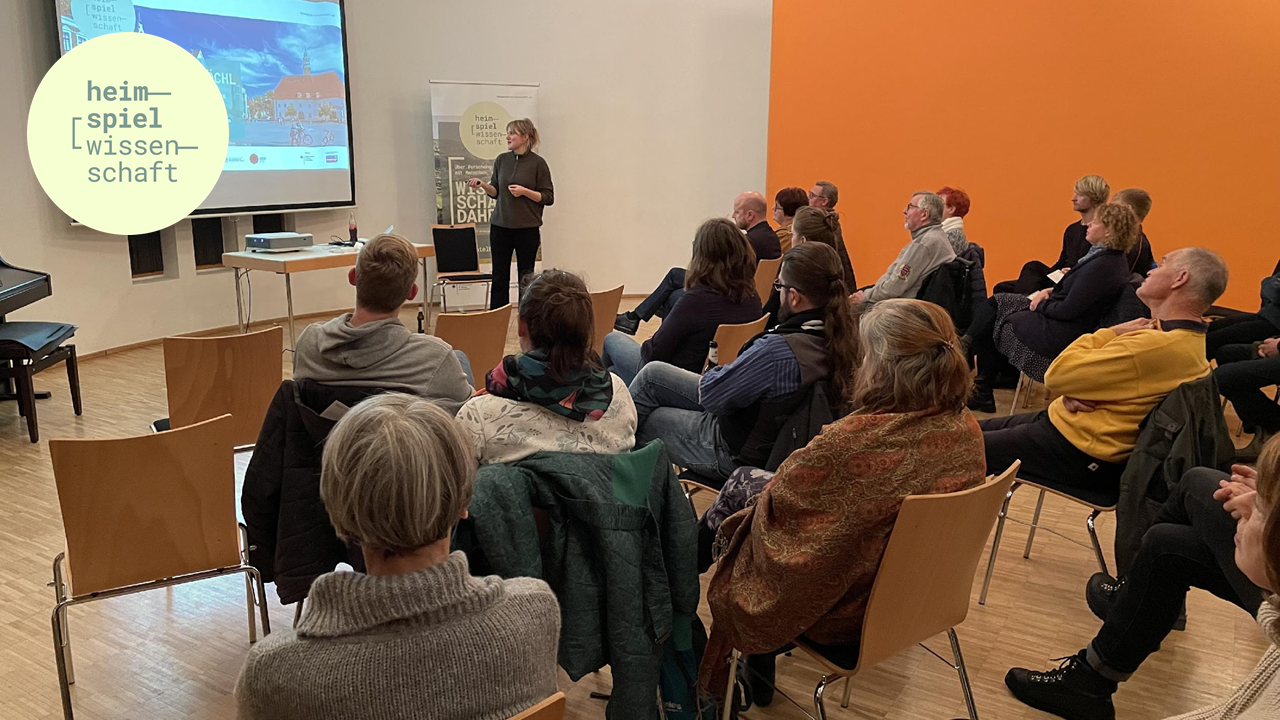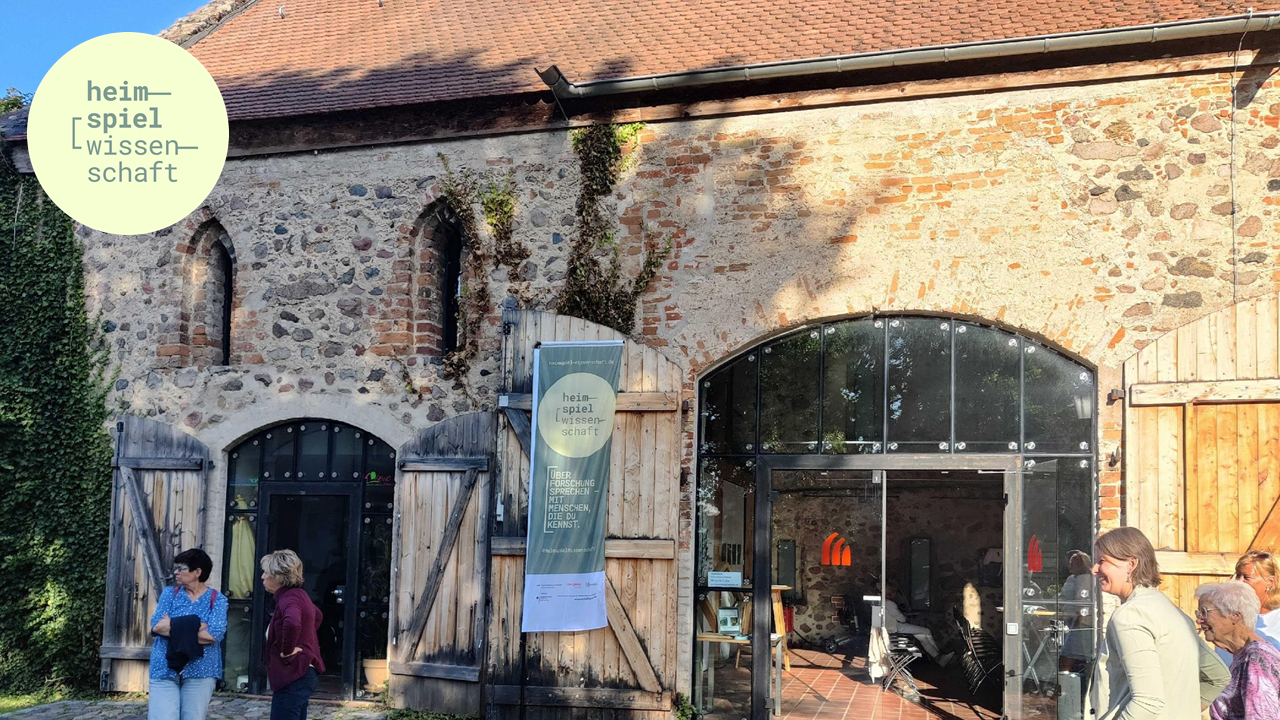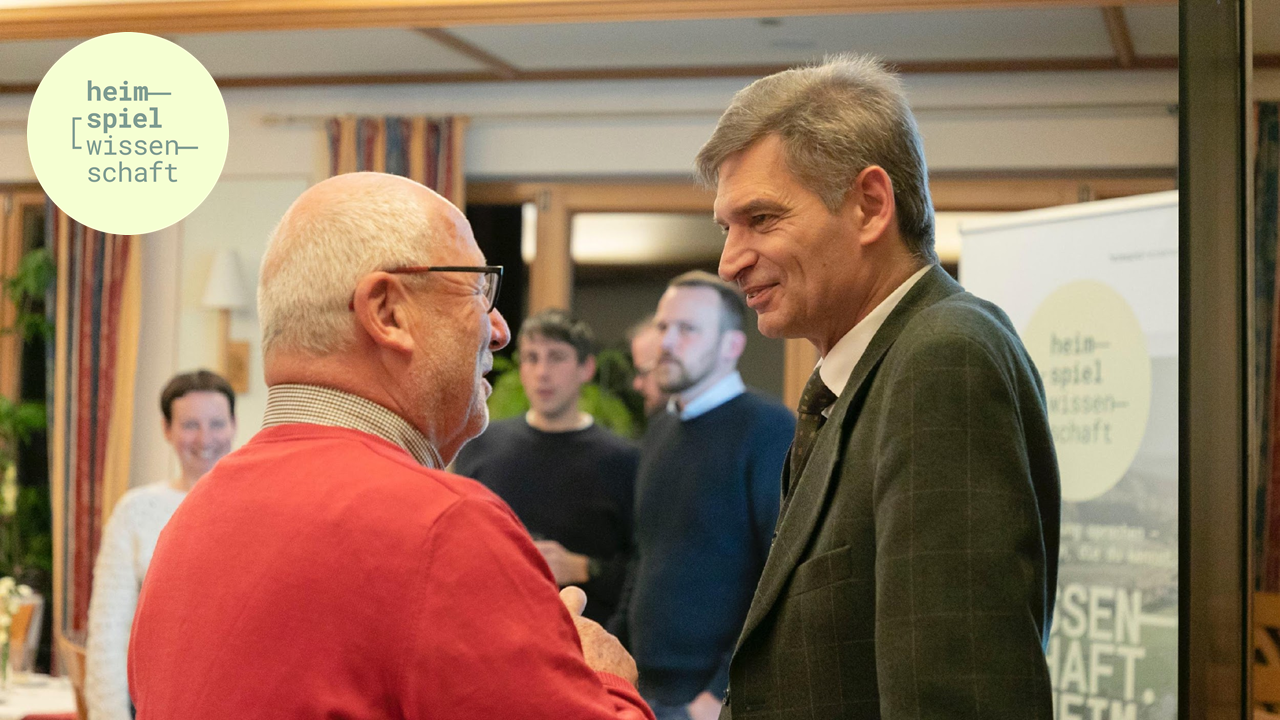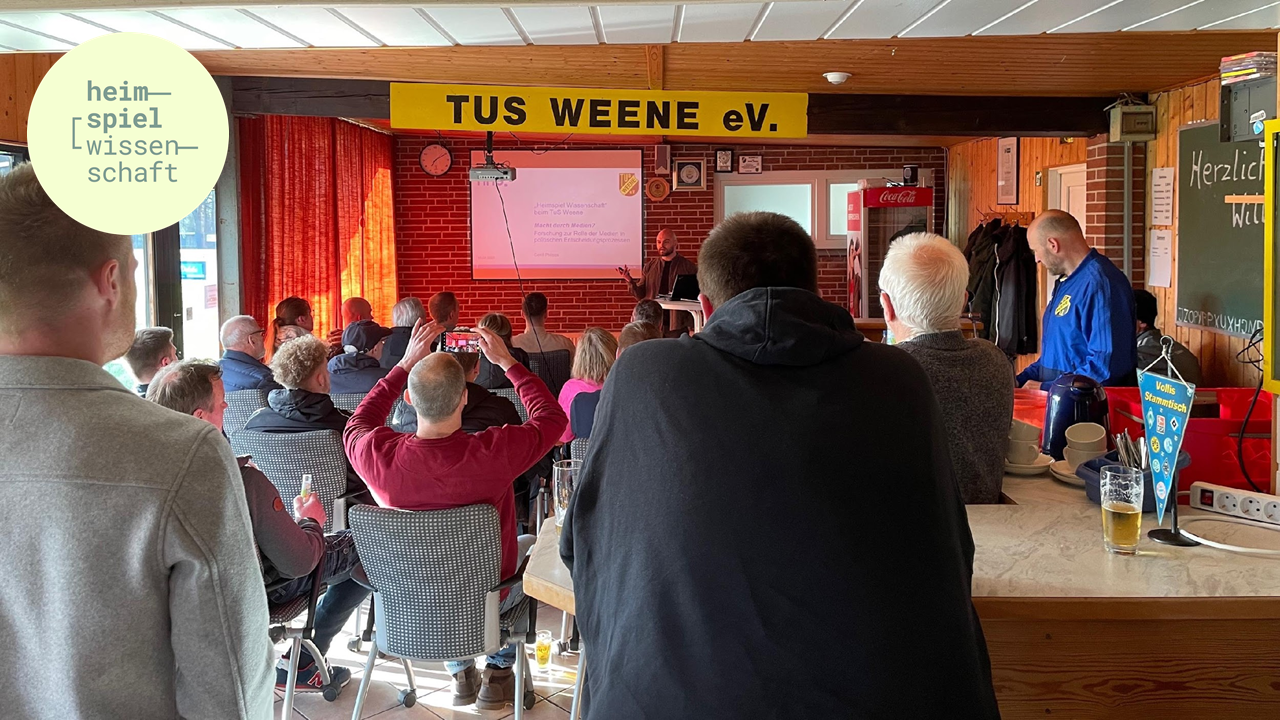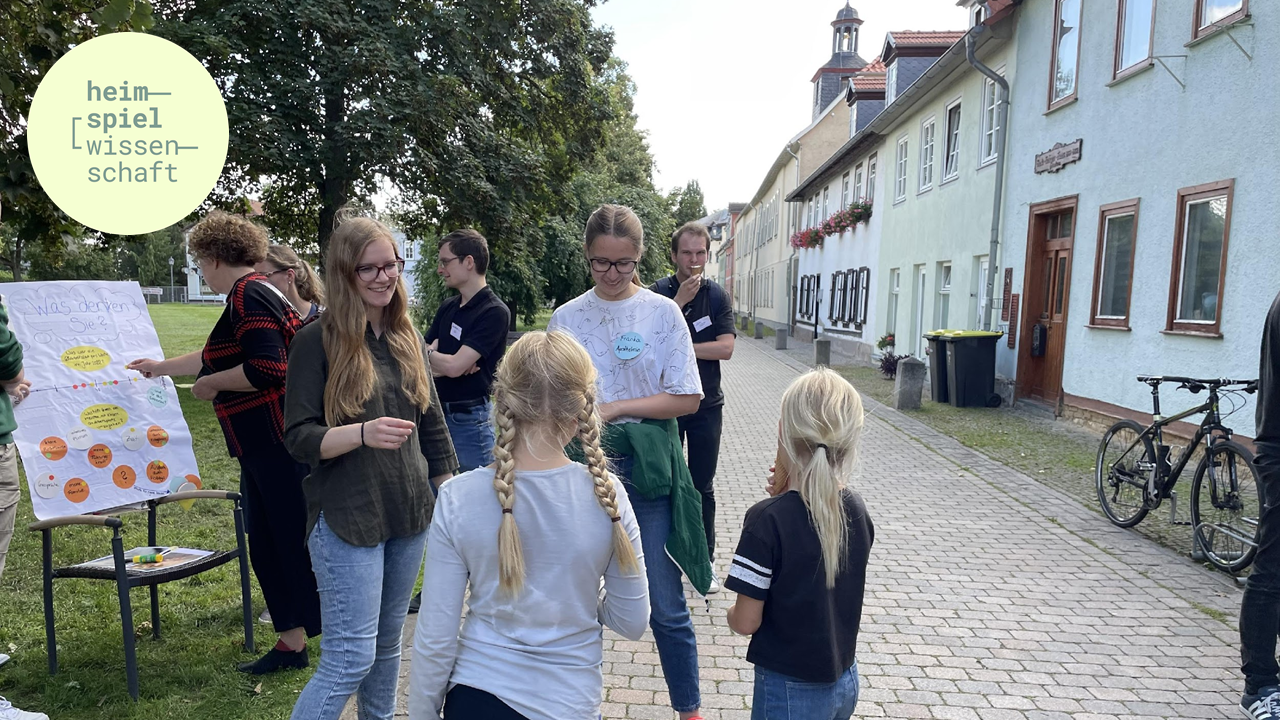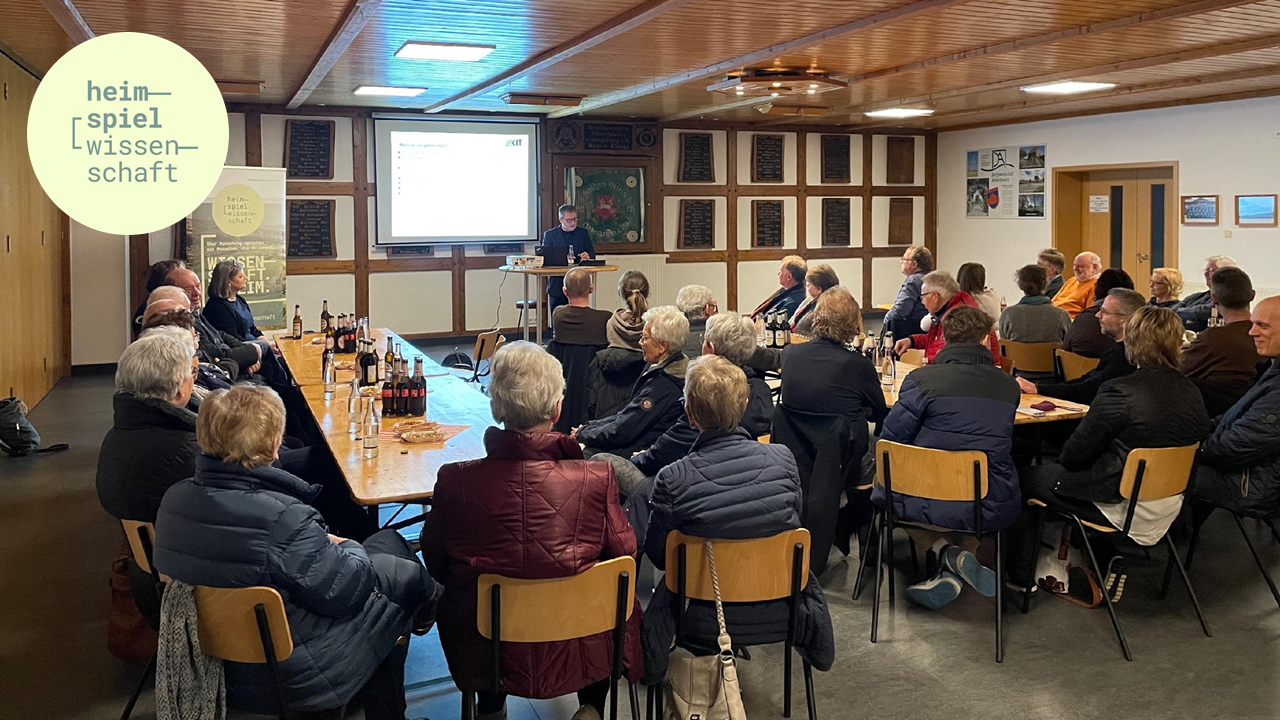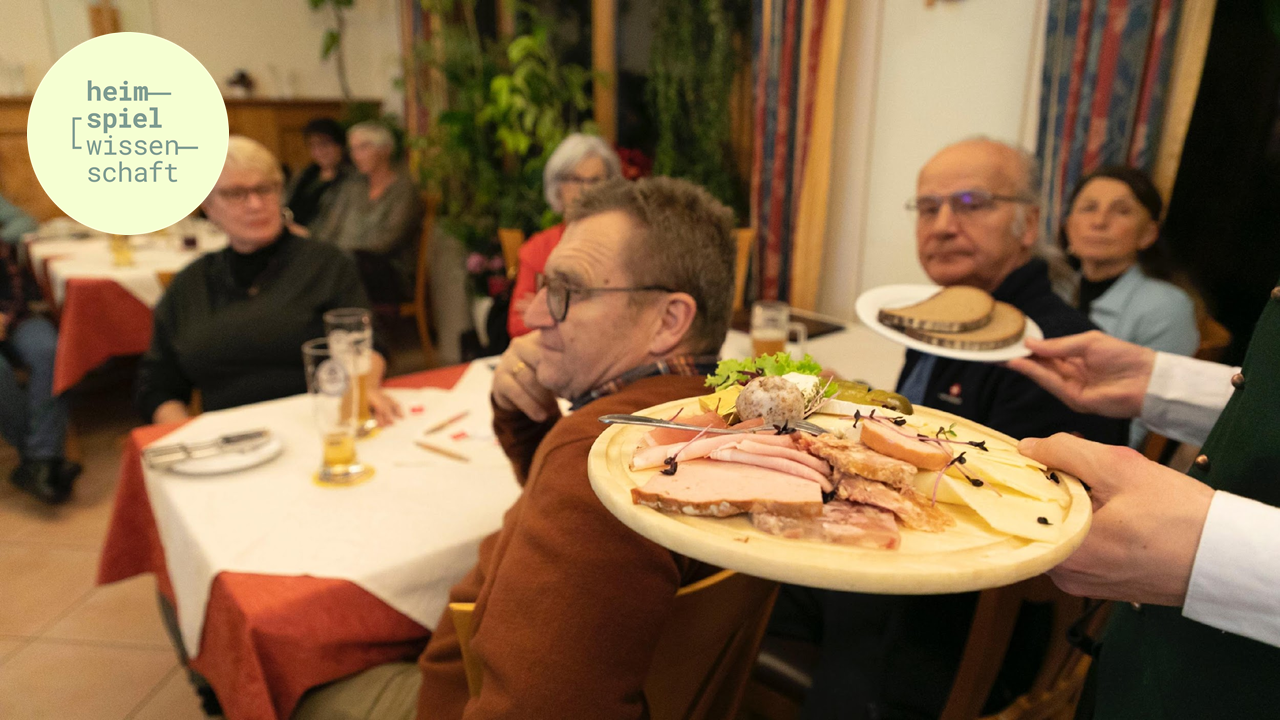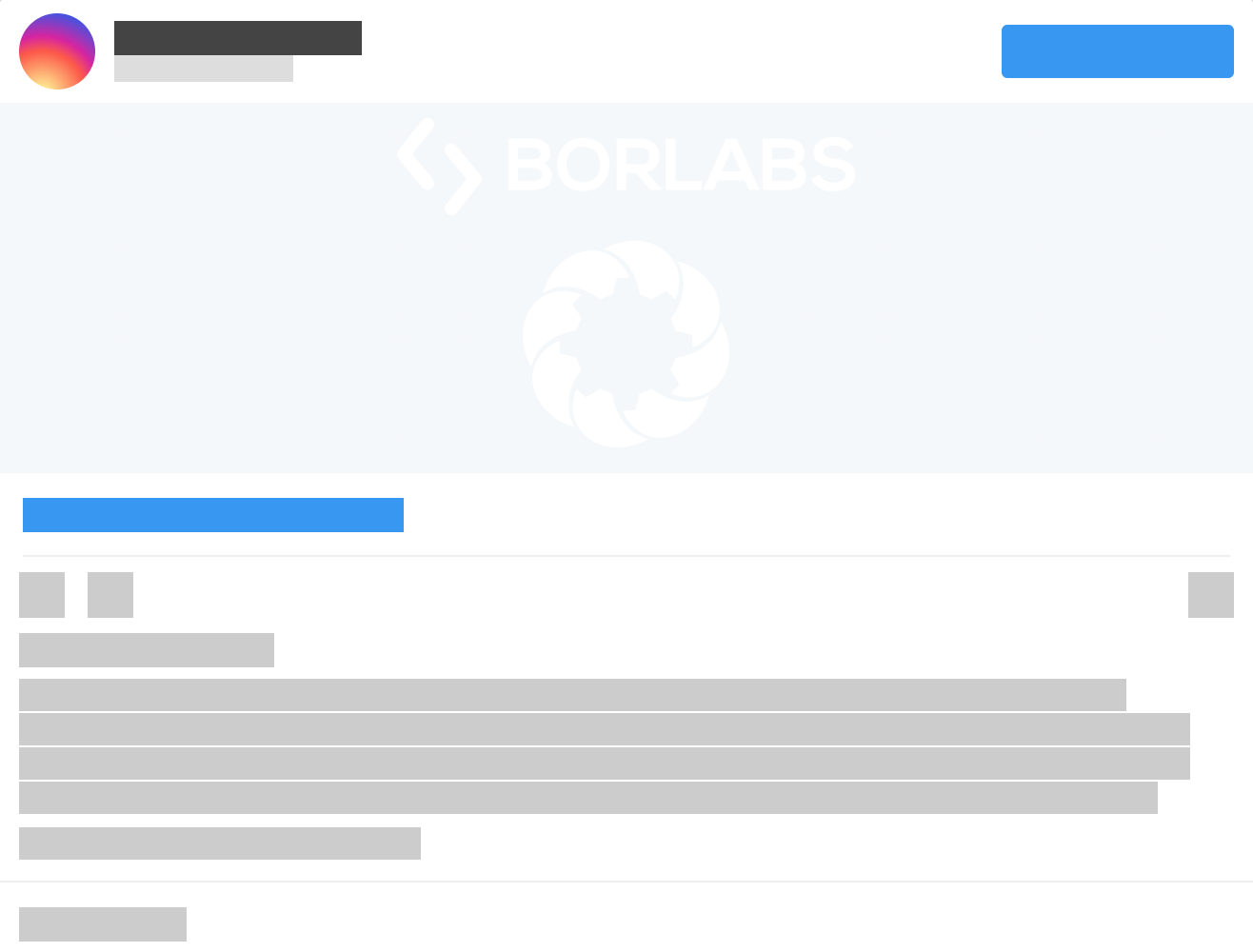More sci-comm in rural areas
Science communication (sci-comm) should be as accessible as possible and be able to reach as many people as possible – who wouldn’t agree with that? So how can it be that science communication hardly takes place in rural areas, while it is omnipresent in cities? Because in rural areas there are no science nights, no public lecture series at universities, no science in the pub, hardly any science stores or lving labs.
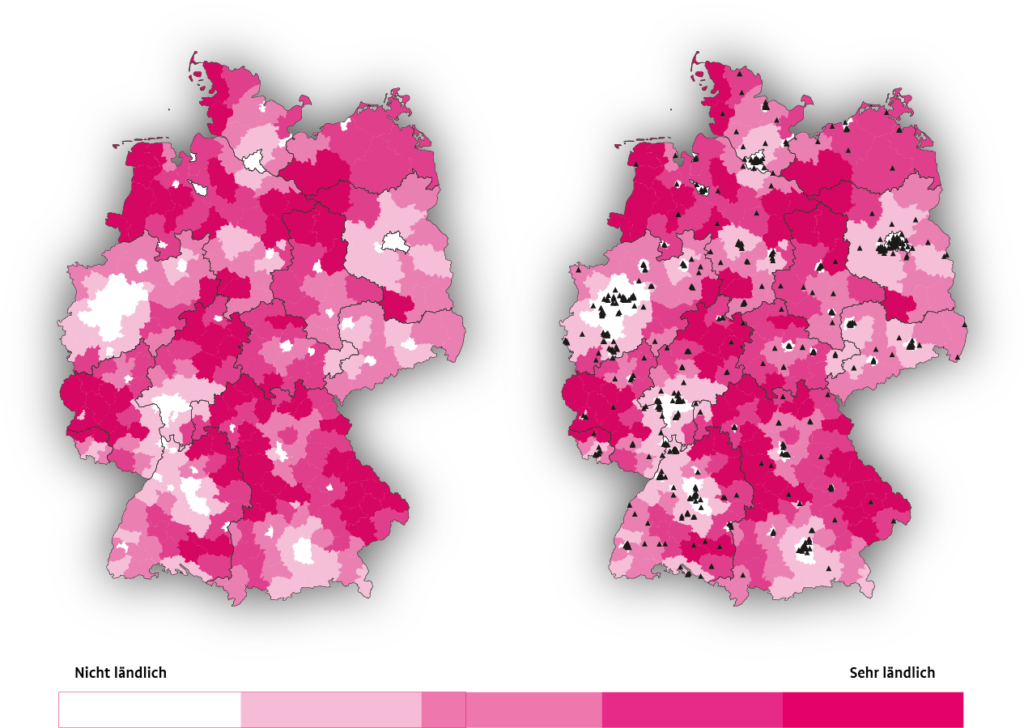
Left: Map of Germany with colouring according to ruralness based on the categorization of the Thünen Institute (source: www.thuenen.de/de/themenfelder/laendliche-raeume). Right: Map of Germany with science institutions marked (only universities and non-university research institutions) according to the Federal Report on Research and Innovation (source: www.bundesbericht-forschung-innovation.de/de/Ubersichtskarte-1791.html
Instead, science communication focuses on urban centers, where most scientific institutions are located and where there are also many other (cultural and other) offerings.
In addition to the urban event formats, there is also a kind of “incidental effect” in the countryside. In the city, people come into contact with science much more frequently and more by chance, even without actively participating in Wisskomm formats – through posters for events, place names such as “Universitätsplatz” or simply through the physical proximity to universities – you literally walk past science from time to time. And sometimes researchers live in your own neighborhood. But what happens in the villages, small towns and communities where such casual opportunities are missing? There remains a big gap that we should try to fill. This is exactly where our Heimspiel Wissenschaft project came in, which expired at the end of 2024 after two years of BMBF funding.
What is Heimspiel Wissenschaft?
With Heimspiel Wissenschaft, we have developed a format that strengthens science communication in rural areas, in which scientists return directly to their hometowns. They returned to their communities for an event and shared their research in a personal, low-threshold way – be it in an inn, community center or sports hall. It was not just about science, but also about personal stories, careers, everyday working life and local connections.
A particularly important aspect of Heimspiel Wissenschaft: A third of the participating scientists were first-generation academics. This figure is impressive when you consider that in Germany only around 2% of academics with a doctorate are first-generation academics (source: www.hochschulbildungsreport.de/2021/chancengerechte_bildung). Through Heimspiel Wissenschaft, we were often able to build a bridge between researchers and their non-academic backgrounds. Personal examples are important for young people’s career choices, so it is encouraging that the profession of scientist is also presented in a rural context.
Heimspiel Wissenschaft – facts and figures
- 62 home matches played in 12 federal states
- Interdisciplinary, researchers from different status groups
- Participation of 34 universities
- approx. 3,000 participants
- 1/3 of the researchers were first-generation academics
- together with the German Rectors’ Conference (HRK) and the #WisskommLab of Heidelberg University
“It’s good that there’s something like this here in the village” and “I finally understand what you’re doing” – feedback like this confirms time and again how important and valuable this format is. These reels also show how lively and personal the events are:
We have had this experience:
- Use local networks: Recruit and involve associations, city administration, church communities and other local partners.
- The smaller the location, the better the announcement and press work.
- Choose venues with community connections: Inns and sports halls are often more accessible than event halls with stages.
- Personality counts: Scientists who come from the region create trust and solidarity.
- Being flexible: customized formats with local references and a personal framework make all the difference.
An evaluation of the Heimspiel project, carried out by the University of Heidelberg, is currently in progress.
If you would like to get involved in science communication in rural areas yourself, you can find all the materials you need on our website: https://heimspiel-wissenschaft.de/mitmachen/. From practical tips to branding materials – we are happy to share our knowledge and look forward to every additional Heimspiel event, which we will be happy to list on the Heimspiel calendar on our website in the future.
The Heimspiel idea is as good as it is simple and is already being adopted. In Switzerland, a pilot project is being launched that focus on social and humanities topics – that’s what we wanted!
Filling the gap – participating and networking
To promote the exchange of information on Wisskomm in rural areas, we have set up a “digital morning pint” – a LinkedIn group with regular lunch talks. Almost 80 people are already active in the group. We have now presented exciting projects and exchanged ideas at five meetings. These include formats that promote participation in rural regions, connect scientists with pupils in their home communities or initiate and sustain cultural initiatives in the village.
The work only begins
The many discussions there and around our Heimspiel Wissenschaft project have shown us that science communication is possible, needed and openly accepted in rural areas. Science communication can take place anywhere. Let’s work together to make sure it happens. In any case, our heads are already “smoking” again with the development of a new meaningful and attractive Wisskomm-auf-dem-Land project. Perhaps with you?
Would you like to find out more or start your own home game or similar project? We are ready to support you. Write to us: heimspiel@con-gressa.de.
Read more:
ZEIT Wissen Podcast with con-gressa Managing Director and co-founder of Heimspiel Wissenschaft, Jörg Weiss,
DUZ-Special (German University Newspaper)

